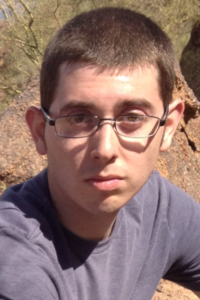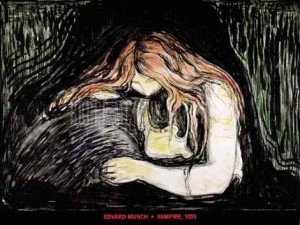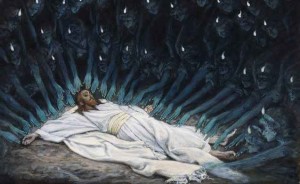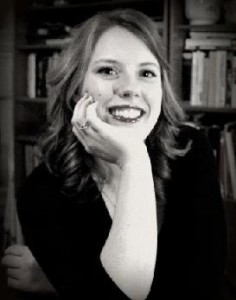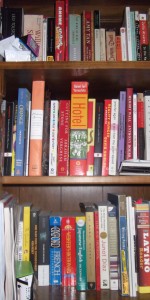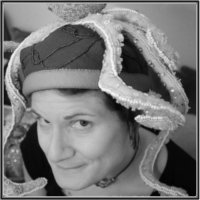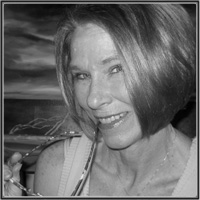Contributor Guest Post: Lori Brack
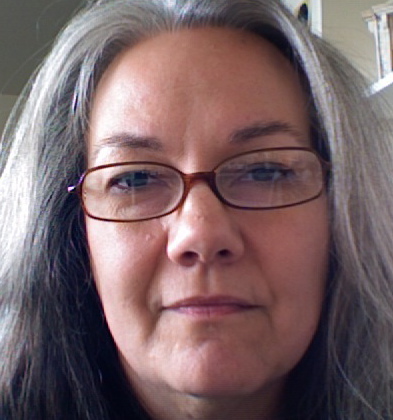 In the midst of things, at the between of things, I wonder why I ever believe in completeness. Again, my plans for a project, my idea that I can predict how I will approach something, my faith that these things are manageable – all slide away.
In the midst of things, at the between of things, I wonder why I ever believe in completeness. Again, my plans for a project, my idea that I can predict how I will approach something, my faith that these things are manageable – all slide away.
Without meaning to, with other things to do and books to read piled around me, I began reading Ernesto Pujol’s new book Sited Body, Public Visions: silence, stillness & walking as Performance Practice. On that rainy gray morning I read it until I had to stop on page 49. I stopped because every page calls me to write and write in response, in collaboration, in imitation. I have fallen into the trance of a voice, a mind, a generosity. Pujol’s writing is doing that thing to me that is the reason I go to art: he is writing things I have guessed, have intimated, have intuited, have maybe even known, but never articulated. So reading feels like coming to myself even while I am reading the inner and outer life of someone quite unlike me.
I want to write and write. I want to quote and quote. I want to ask and ask: Must I “finish” in order to respond? Must I get all the way to the end – of the book, the day, the job, the semester, the life – in order to be moved, to know something? Here is Ernesto on his work as a visual and performance artist: “It takes a passage of time, sometimes a lifetime, for an art practice to mature, to know itself, to reveal its secret depths and complexities. . .” So Ernesto answers me, perhaps. The ends of things, or maybe the pauses between things, bring maturity, knowing, revelation. Every page is a revelation. Every page ends and then goes on as my hands turn and turn, my eyes leap and shift, wet orbs of light and reading.
I have known Ernesto for a little more than 10 years. We have collaborated on two projects – an exhibition and a work of performance – in that time. His Field School Project published my first chapbook in 2010. He commissioned the work as a script for Farmers Dream, an all-night performance in a warehouse in central Kansas. My long poem is a partial, unfinished and unfinishable memoir of a span of difficult months in my life when I turned to the work that Ernesto envisioned. I hoped the project might save me. I used the assignment as an opportunity for reading and re-reading my grandfather’s farming journal. He wrote his daily activities, the weather, his goings out and comings back in the same big book each day from 1907 when he was a bachelor at 19, until he was a married 30-year-old father of two in 1918. My mother would be born in 1925, by which year he no longer wrote every day. On March 9, 1912, he wrote “Cut wood in morning. Shoveled sand out of river in afternoon. Went after milk. Spotted heifer (Star) was fresh about 4 p.m. Milked cows. Clipped my hair at night.” He recorded the middles of things – chores that need doing and then redoing because of the fecundity of nature.
I did not meet this grandfather who worked with his hands and back, who supported the people I grew up knowing best – my mother and her sisters. He died when my mother was 13. I have a photograph of her, freckles over her nose, sitting with her mother on the still-humped grave on his birthday in August 1938. In 2001, she would die on the same date, long past knowing the calendar in her illness, living the last weeks of her life entirely in the bed her parents had bought and used a lifetime earlier. When I visit my sister, I sleep in that bed. I am not finished sleeping yet. It is not only the photograph or the smooth wood of the headboard and footboard that know.
Ernesto writes, “You are dead. You are reading this, but you are dead. You died long ago, but you are being remembered. A child is remembering you.” In those sentences I become the girl at her father’s grave, I become her father I know only through his handwriting, I become my 75-year-old mother at her death; I become myself.
The grave is so new that only a temporary marker, a round metal sign with letters pushed into slots, leans a bit in the foreground. Toward me. I can almost make out his name and the single date, but I am imagining into the picture, doing what I do best: reading through a lens of what reading suggests I understand. Already, stopped only at page 49, I flip back through Ernesto’s book looking for what I think is there. Are the words printed or are they the ones I put there as a reader, as a writer?
When Ernesto was small, he writes in the first paragraph of Chapter One, he was able to make it rain, his favorite weather, “a child of the shade, moist moss and wet ferns.” How often have I written about that shade? Mine was Midwestern, shaggy elm tree and shrub shade of back yards. His was tropical island shade, fronds and leaves. In our separate and still lived lives, we share greengray timelessness, when morning and afternoon almost all the way to night cast the same light. Under the rough spreading bushes of the back yard, I planted my first seeds – black grenade shapes of four-o-clocks also called mirabilis (amazing, wondrous), which opened in late afternoon shadows when the temperature dropped and the soil went cool against bare feet.
I will go on reading this gentle book past the page, each page where I stop. I will go on writing it as a reader writes, incompletely and through the half-illuminating, half-blinding lenses of my experience. I write from a dim room where I am comforted by the scents of moss and milk. Writing and reading as a writer are the ways I know to re-enter that room and when I find a book like Ernesto’s, that miracle in my hands, it helps me through the doorway and I am t/here.
Ernesto Pujol’s memoir/performance text is available through McNally Jackson Books, New York.
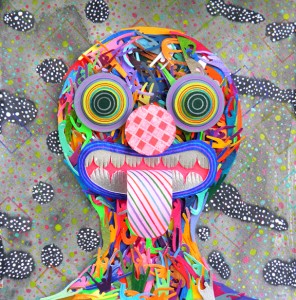 In Spaces and Other Places is a recent body of work by Michael Velliquette that marks a new trajectory in his practice, combining his mixed-media drawings with his complex cut paper constructions. Velliquette revisits the vocabulary of symbols and images found in his earlier works, including double-sided profiles, hands, and collectives of faceless figures, which he’s previously set in mythological, scenic narratives. Themes of exploration, alien encounter and transformation are played out in the backdrop of outer space.
In Spaces and Other Places is a recent body of work by Michael Velliquette that marks a new trajectory in his practice, combining his mixed-media drawings with his complex cut paper constructions. Velliquette revisits the vocabulary of symbols and images found in his earlier works, including double-sided profiles, hands, and collectives of faceless figures, which he’s previously set in mythological, scenic narratives. Themes of exploration, alien encounter and transformation are played out in the backdrop of outer space.

